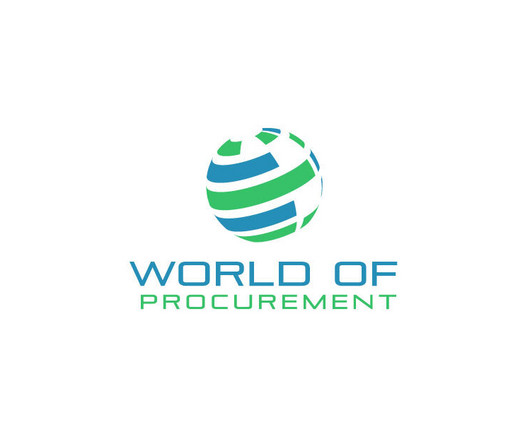Warehouse Automation — Transforming Warehousing
Procurement Tactics
JUNE 8, 2023
These systems are used in various order fulfillment processes, including receiving, picking, packing, and shipping. Negotiation Course for Procurement Learn from industry experts who negotiated billion $ deals 2. Procurement Strategy Course Take the lead with our proven 5-step procurement strategy 3.












Let's personalize your content